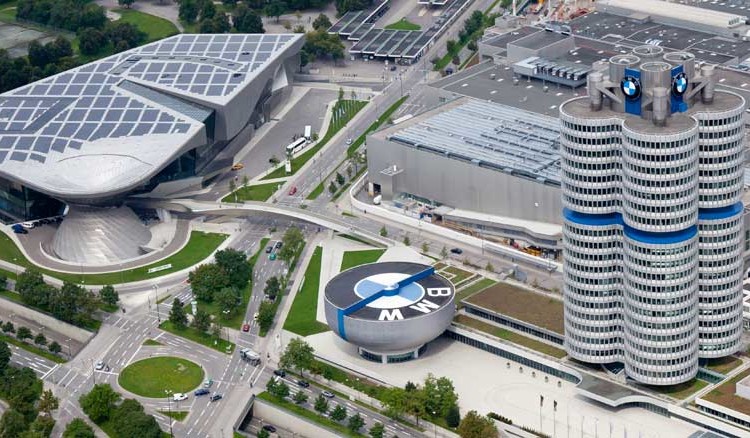BMW Motorrad: Most people know the history of BMW motorcycles, how the company had the fastest bike in the world in 1937 and how it was forced to make motorbikes after its extensive experience in aircraft engines. But very few people know the string of design geniuses that worked behind the scenes to create these iconic motorcycles through the years. This article focuses on the people behind some of the most memorable bikes the world has ever seen.
Max Friz
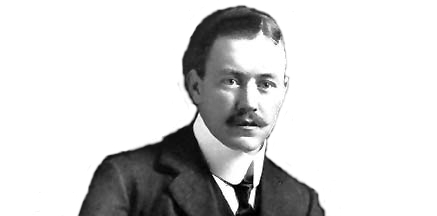
Not many people have heard of Max Friz, but this young Daimler engineer was one of the reasons for BMW existing today. After being frustrated with Paul Daimler’s stubborn refusal to use his (Friz’s) ideas, he moved to Rapp Motorenwerke, which later became BMW. He was single-handedly responsible for the famous BMW IIIa aircraft engine that set the tone for BMW’s successful future.
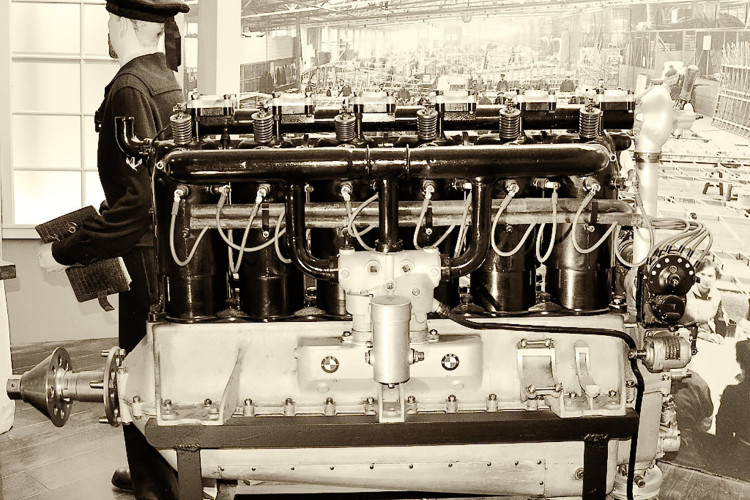
The first motorcycle engine that Friz designed at BMW was for the R32, which was the predecessor for the BMW “boxer” flat-twin engines that subsequently powered several title-winning engines.
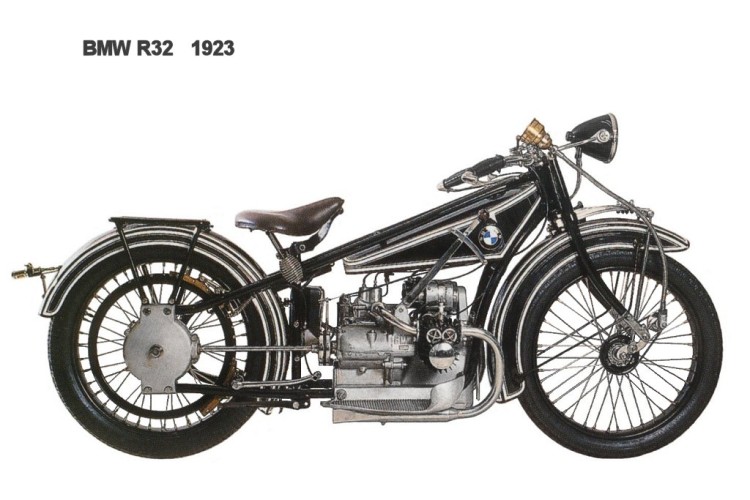
Of note is the fact that these flat-twin engines have been used in motorcycles for more than a century now, and the man responsible for the design was Max Friz. When BMW went public in 1922, Friz was named its first Chief Engineer and Design Director, a post he held for the next 15 years.
Max Friz was awarded an Honorary Doctorate from the Munich College of Advanced Technology in 1954, 9 years after leaving BMW. He died on June 9, 1966.
Hans Muth
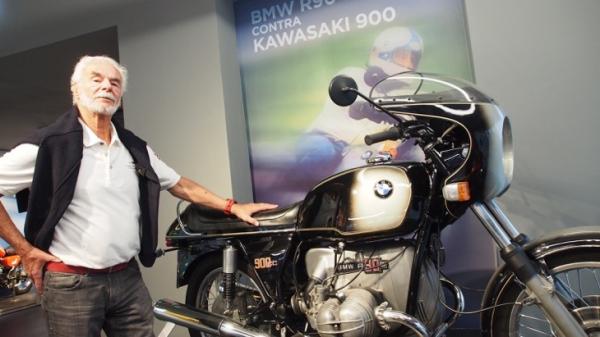
Muth’s entry into BMW’s design department was a result of his simply asking for the job. When he joined the company, he spoke to the motorcycle development manager Hans-Günther von der Marwitz. Here’s the conversation in his own words (translated from German):
“Since I did not particularly like the dash-five models, I asked him: ‘Who actually designs the motorcycles with you?’ Marwitz replied: ‘Nobody special! Do you like motorcycles, Mr. Muth? Then do it!’ And so I became the BMW motorcycle designer and did the job for a long time in parallel with the car interior.”
But Muth is being modest, at best. His work on the R90S is touted by many as the design that saved BMW from insolvency.
In fact, BMW Motorrad nearly didn’t survive the 1960s because it was making pre-war machines. That itself was amazing because much of its factory was gutted during World War II.
Enter Bob Lutz, who is considered a product genius of his age. His long list of credits include some of the most iconic vehicles of all time: the BMW 3 series, the M division, the Ford Sierra and Explorer, the Dodge Viper and several others. When Lutz was at his wits’ end and the company was floundering, his team enlisted the help of Muth, and the rest is history.
Later on, Muth would also be credited with designing the hugely popular Suzuki Katana, but the R90S was what everyone called “an instant classic” with its souped-up engine, low bars and a classic cafe fairing. What really cemented its success was the fact that two R90 S bikes placed first and second at the very first AMA Superbike race at Daytona International Speedway in 1976, raced by Steve McLaughlin and Reg Pridmore.
Muth himself was less than impressed with his efforts, calling the R90 S an “older lady in a daytona-orange bikini with black stockings and high heels” because he thought it had nothing new to offer. Technically, he said, the subsequent R100 S is a much better motorcycle.

Much of the online content about Muth is in German. Even Wikipedia is missing a page on him despite his claim to fame. Muth later went on to form Target Design, which was hired by Suzuki and ultimately resulted in the highly acclaimed Katana.
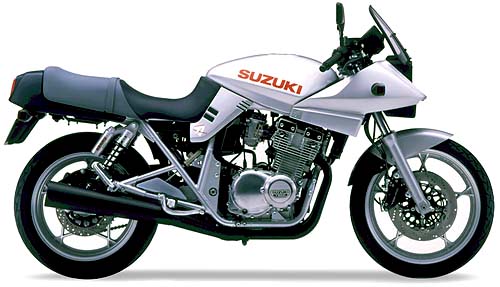
Hans Albrecht Muth has his name on at least three of BMW’s patents with the United States Patent and Trademark Office (USPTO) that list him as one of the inventors.
Ola Stenegard
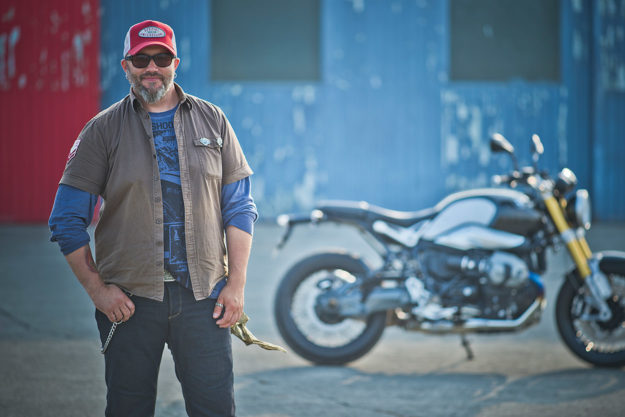
Stenegard is the brain behind BMW’s Superbike phenomenon, and his most memorable creations in terms of BMW styling are the HP2 Sport and the S1000RR. The latter is undoubtedly the definitive superbike from BMW, and cemented this Swedish stylist’s – and BMW’s – mastery of superbike design.
Even bigger than his attempts at superbikes are probably Stenegard’s stab at customizable motorcycles. In other words, the BMW R nineT, which could have only been dreamed up in the psychedelically sharp and crazily astute mind of a tatted-up chopper enthusiast like Stenegard.
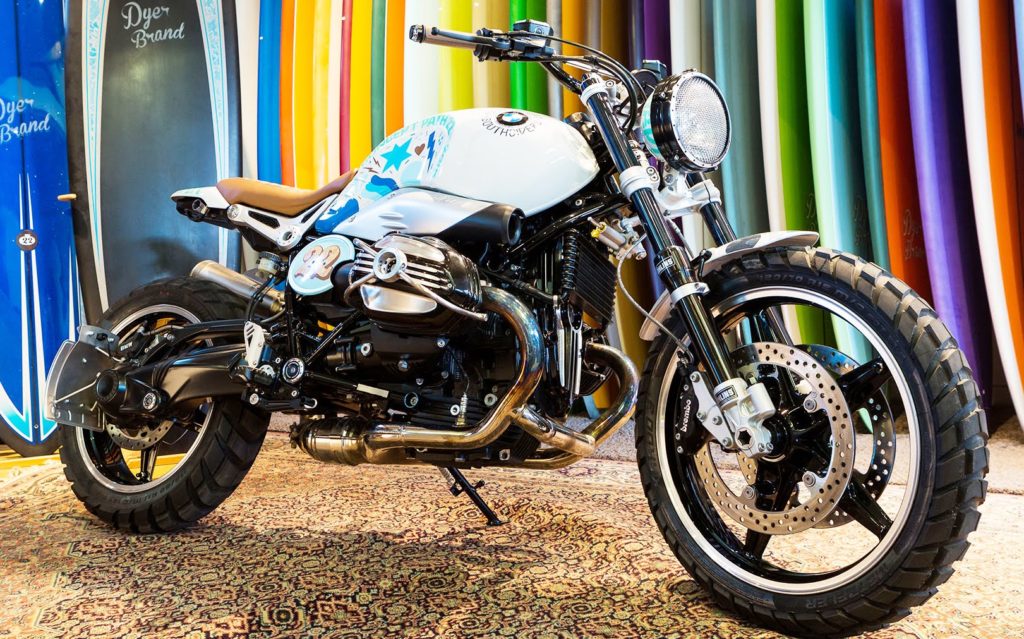
More recently, Stenegard has rejoined Indian Motorcycles where he was working in 2001 before joining BMW two years later. Says Indian Motorcycle president Steve Menneto:
“Ola has been incredibly successful in helping brands expand into new product categories and appeal to a wider variety of riders, which is exactly what Indian will be focused on in the coming years. It’s rare to find a designer with Ola’s unique experience, and we are thrilled to have him on board at such an exciting and important time for our business.”
Edgar Heinrich
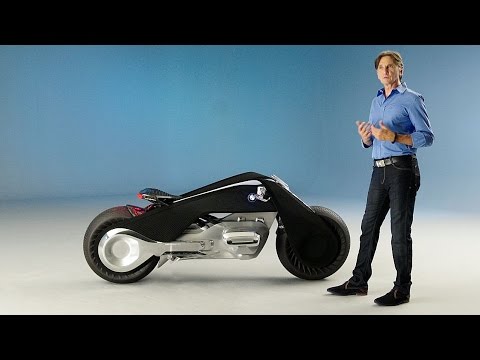
Heinrich is the next BMW design chief we’re going to showcase in this article. His career at BMW began in 1986, and he was responsible for leading the design teams on some of the most well-known beemers: the Paris-Dakar rally bike, the K1200 S and R, the HP2 Enduro, the R1150 GS, the R1200 GS and most recently the S1000 RR. He was also involved with earlier projects like the K1600 GT and GTL touring bikes as well as the C600 Sport and the C650 GT maxi scooter.
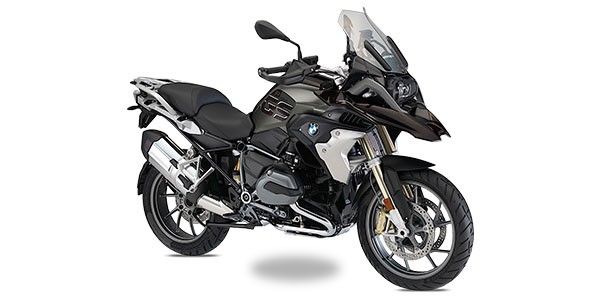 The R 1200 GS and its touring sibling, the R 1200 GS Adventure are two of BMW’s most popular dual-sport bikes. In 2017, for the first time, more than 50,000 units of the two critically acclaimed enduros were sold.
The R 1200 GS and its touring sibling, the R 1200 GS Adventure are two of BMW’s most popular dual-sport bikes. In 2017, for the first time, more than 50,000 units of the two critically acclaimed enduros were sold.
Heinrich was originally design director at BMW Motorrad from 1986 to 2009. He then returned to BMW after a stint in India with Bajaj Auto, when he succeeded David Robb in 2012.
David Robb
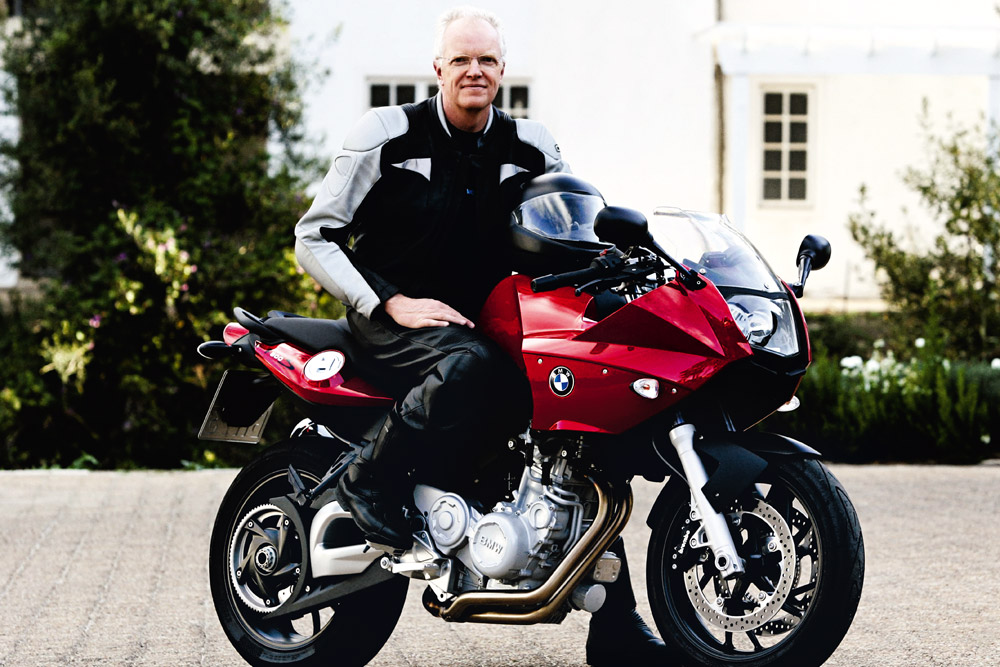
Robb joined the company in 1984 and was Chief Designer at BMW Motorrad from 1993 to 2012. His experience includes Chrysler and Audi. Alongside Heinrich Robb led the design for the R1200GS and the K1200S, the former being BMW Motorrad’s top-selling bike of all time.
If you love rock music, you probably know Doug Robb, David Robb’s brother and lead vocalist and rhythm guitarist for Hoobastank. The third brother, Tom, was a bodyguard for the heavy metal band Metallica.
Robb also led the design teams for the C1 scooter, the K1200 R and the F-Series 800cc parallel twin engine models.
Robb is credited with turning around BMW’s image from “staid and uninspiring to world-beating” since taking up the lead design role at the company. At the time of his leaving in 2012, sources said that his departure was the result of a disagreement with “another designer” and that Robb cleared his desk on the very day of the alleged disagreement.
Over the years BMW has had numerous people working on their motorcycle designs, but the few listed above have been immortalized by their work. At times that work has saved the company; at others it has taken its image to a whole new level.
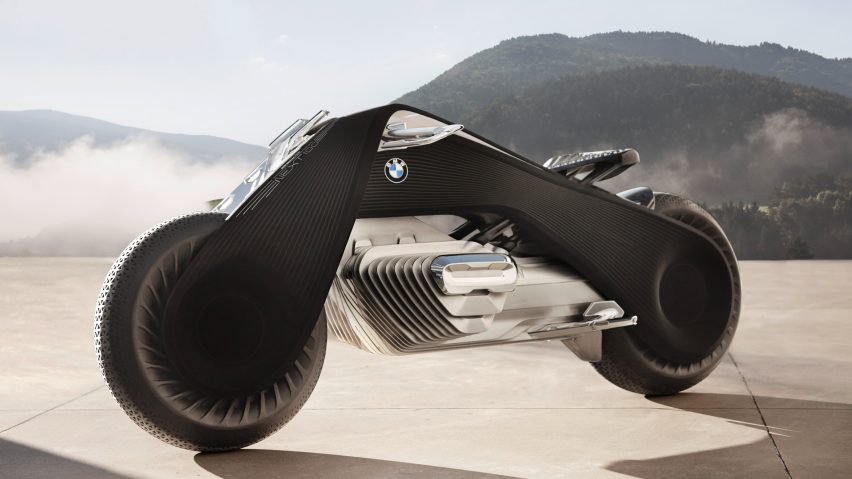
No matter what individual effects these men of design had on BMW’s motorcycle history, the end result is that BMW Motorrad became a powerful brand in its own right, holding its own against the more popular and widely lauded automobile division.
